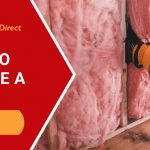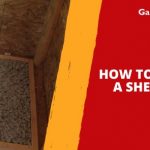Jump to:
Metal shed insulation maintains comfortable temperatures year-round. It keeps the structure warm during the colder months and the heat out during the summer. But to maximise this effectiveness, it has to be the right material. We’ve put together a list of the best options available to narrow down which one is ideal for you.
What Are My Choices for Shed Insulation?
Various types of insulation, including metal ones, are used for garden sheds. Let’s explore each type, how it works, its installation methods, and its pros and cons.
1. Spray foam
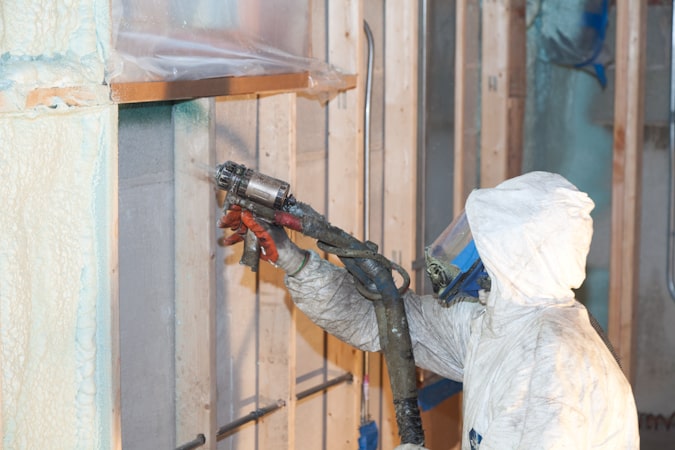
(Image Credit: Wikimedia Commons)
How it works: Spray foam comprises two liquid components that mix and expand. This creates a foam that adheres to surfaces. It provides an airtight seal, which effectively blocks heat transfer.
Installation: This type of insulation is typically installed by professionals using specialised equipment. The foam is sprayed onto the surfaces, expanding and adhering to create a layer.
Pros: Spray foam insulation offers excellent thermal performance and air-sealing capabilities. It can fill gaps and cavities and provides full coverage. It also serves as a vapour barrier, preventing moisture intrusion.
Cons: Improper fitting may lead to poor performance. Professional installation is required, especially if it’s beyond your expertise. This can be costly compared to other options.
2. Rigid board
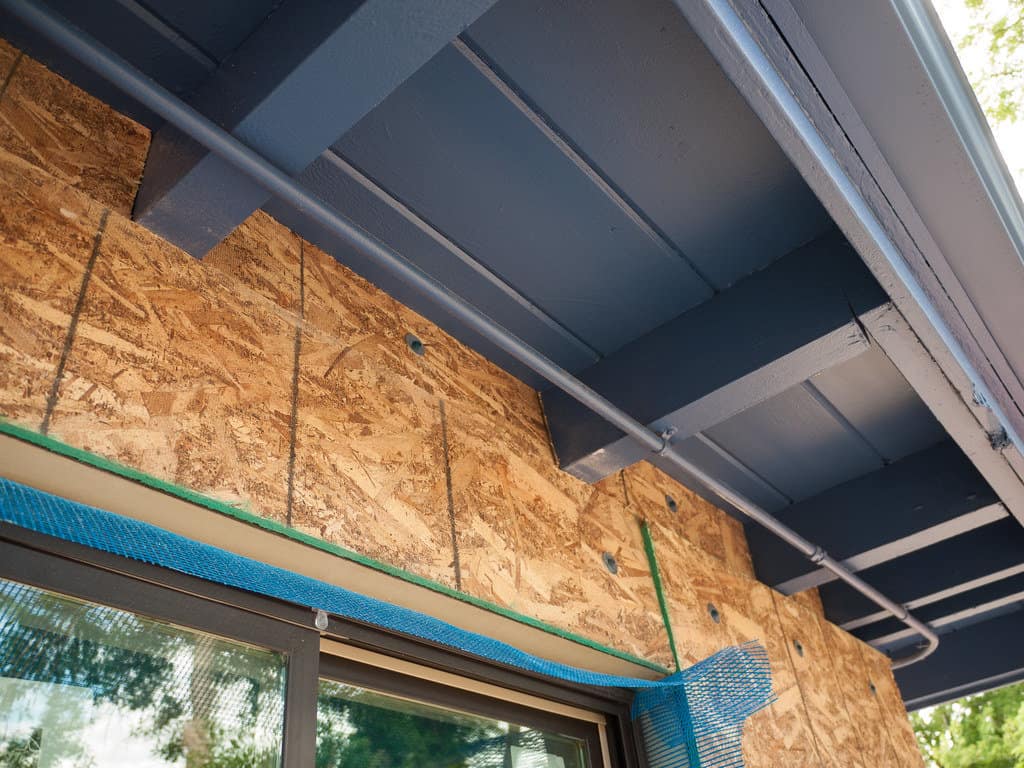
How it works: Rigid board insulation is made of foam panels with high insulating value. It offers thermal resistance by reducing heat conduction through the thermal envelope.
Installation: It’s cut to size and installed between the framing members. Alternatively, it can be applied directly to the exterior walls or roof.
Pros: Rigid board provides excellent insulation value and durability. Its high compressive strength makes it suitable for areas that require load-bearing support. It’s resistant to moisture and provides good sound insulation, to add.
Cons: It can be more expensive than other insulation types. Installation may also require extra steps to maintain its effectiveness. This can include sealing joints and edges. It’s also rigid and may be challenging to install on irregular or curved surfaces.
3. Loose-fill
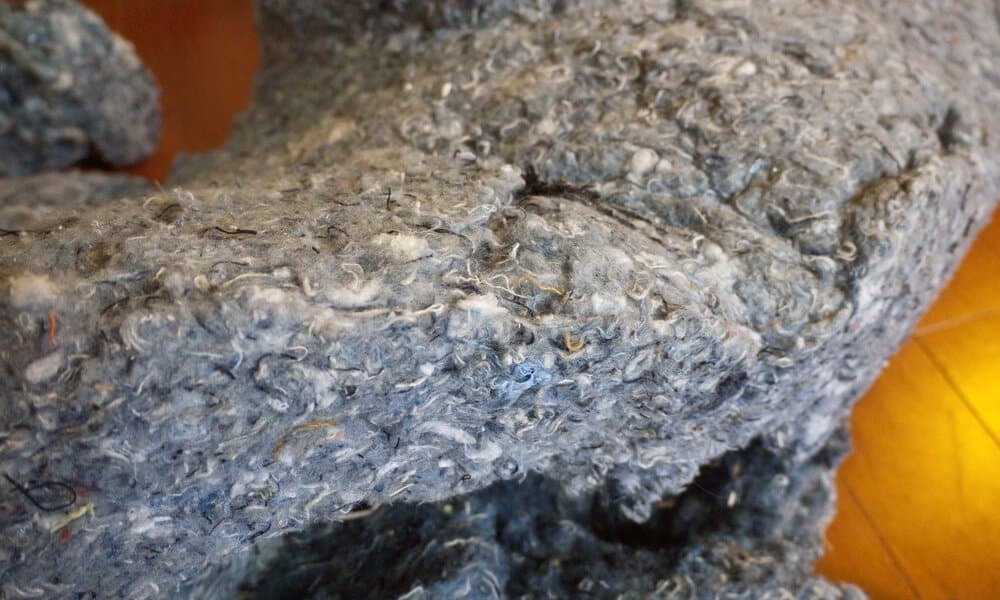
How it works: Loose-fill consists of small particles, such as cellulose or mineral wool. These materials are blown or poured into the cavities, and they fill them to create a thermal barrier.
Installation: This type of insulation is typically installed using a blowing machine. It is blown into the desired areas, filling gaps and cavities evenly.
Pros: Highly effective in filling irregular spaces, gaps, and hard-to-reach areas. It provides excellent thermal resistance and can be added to existing insulation. It’s also resistant to moisture and settling.
Cons: The insulation installation may require specialised equipment and expertise. Without proper installation and containment, it may settle over time, reducing its effectiveness. It may also be more expensive than other insulation types.
4. Batt
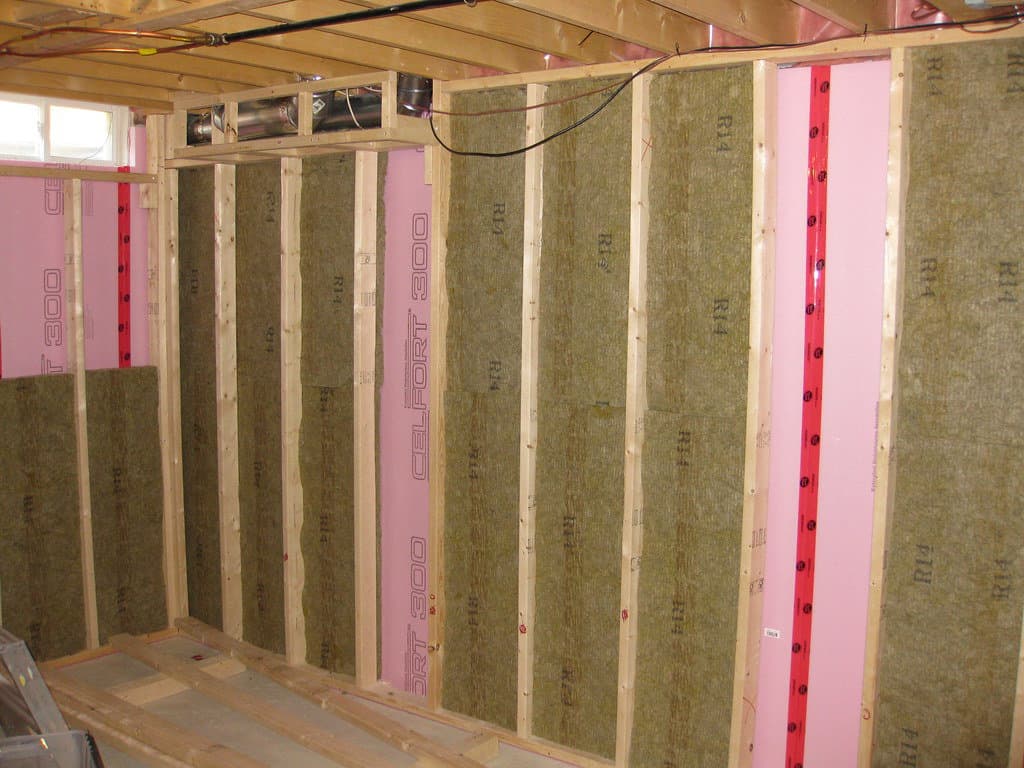
How it works: Batt insulation comes in pre-cut panels or rolls made of fibreglass. The panels are fitted between the framing members, providing a thermal barrier.
Installation: The pre-cut panels or rolls are placed between the framing members. This ensures a snug fit and avoids gaps.
Pros: Batt insulation is widely available, cost-effective, and offers good thermal performance. What’s more, it provides sound absorption properties. Homeowners can easily install it as a DIY project.
Cons: Improper installation with gaps or compression can reduce its effectiveness. It may not fit perfectly in irregular or non-standard spaces. In such a case, it’ll require extra trimming or adjustments.
5. Vapour barrier
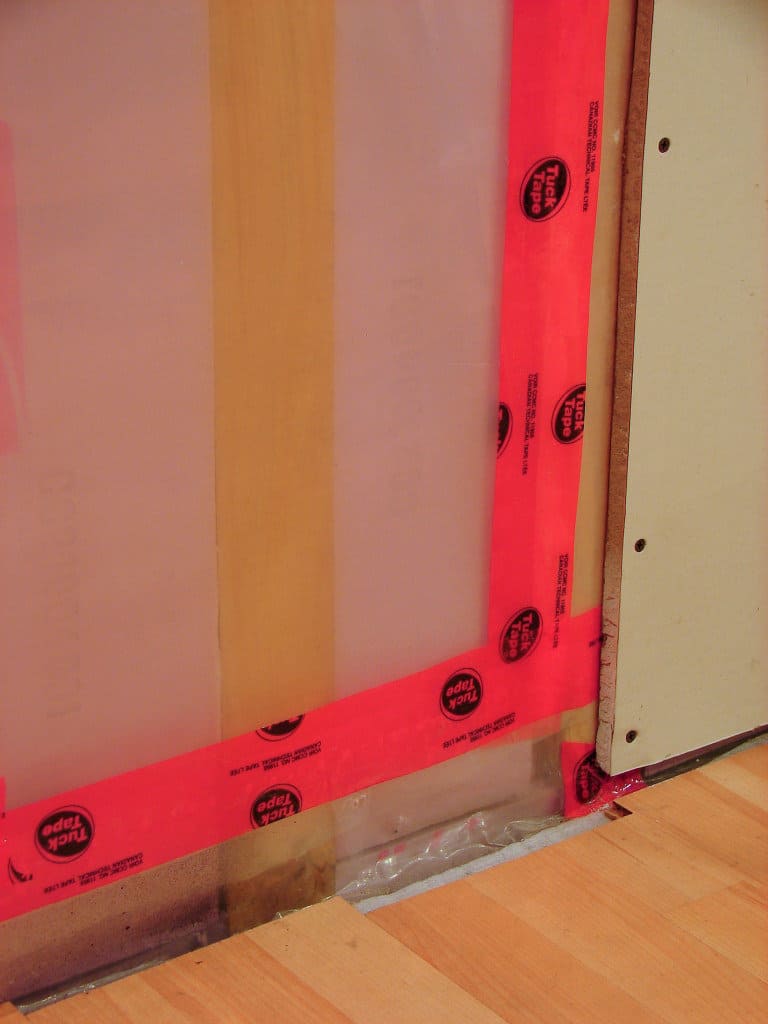
(Image Credit: Wikimedia Commons)
How it works: A vapour barrier is a material that helps control moisture. It basically blocks the movement of water vapour.
Installation: Vapour barriers are installed during the construction or insulation process. They are placed on the interior side of the insulation, facing the conditioned space. Proper sealing of joints and overlaps is crucial to maintain its effectiveness.
Pros: It prevents moisture intrusion and the risk of condensation, mould, and rot. It also helps maintain a healthy metal shed environment.
Cons: Improper installation or damage to the vapour barrier can compromise its effectiveness. Excessive use can also trap moisture.
How Do I Know if I Need to Insulate My Metal Shed?
Insulation isn’t always required for every metal shed. Its necessity depends on the climate, the structure’s location, and its purpose.
One crucial consideration is the climate in which your structure is situated. Metal shed condensation arises in regions with high humidity and temperature fluctuations. Without proper insulation, moisture buildup can lead to problems like rust and mould. Insulation helps stabilise the interior temperature and reduce condensation and its associated risks.
The purpose also determines the need for insulation. If it’s used for something like a metal workshop where temperature control is key, insulation is a must. It maintains stable temperatures year-round so that you can work conveniently.
The decision to insulate it and which material to use depends on your specific needs. You may consult professionals to assess your situation and make an informed decision.
If you have any further questions, contact us and don’t hesitate to give us a call at 01909 768840. Up next on your reading list: Do You Need An Air Gap For Shed Insulation? (2023)
